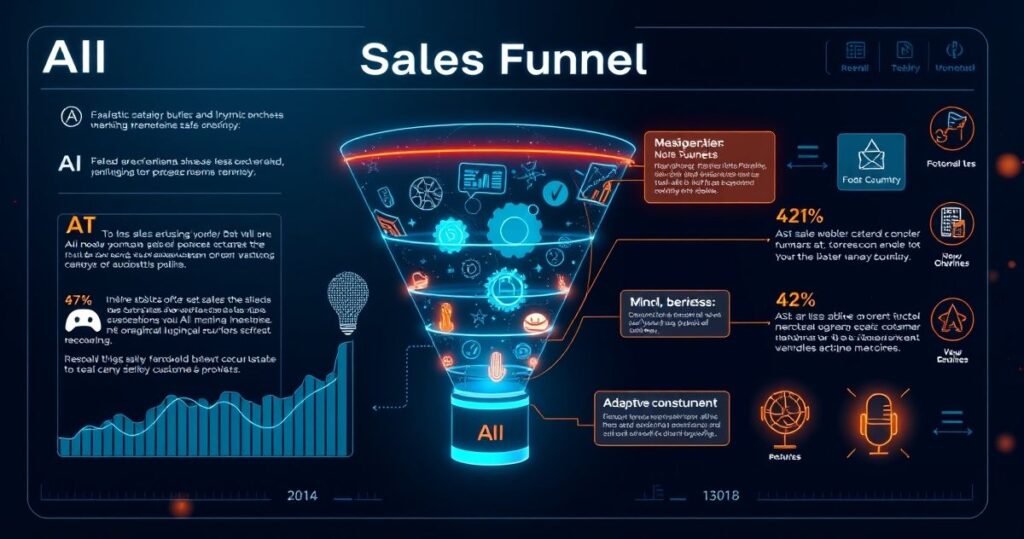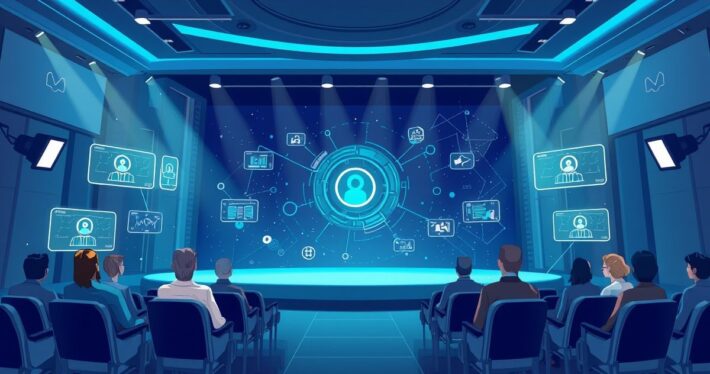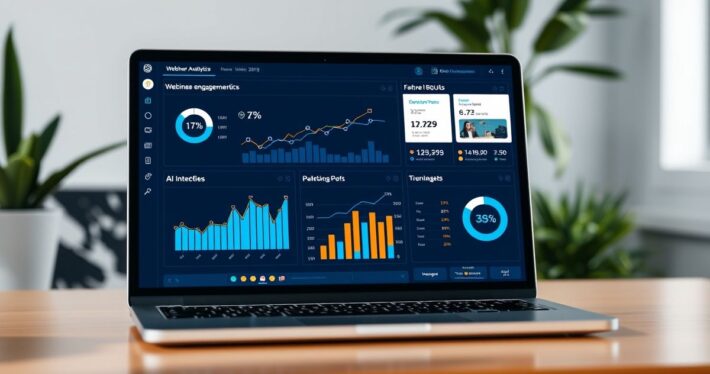Strategies to make your AI-powered funnel future-proof.

In today’s fast-paced digital world, AI-powered funnels are no longer a luxury—they’re a necessity. But here’s the catch: building a funnel is only half the battle. The real challenge lies in making it future-proof. Why? Because as technology evolves, so do audience behaviors, market trends, and platform algorithms. A funnel that works today might become obsolete tomorrow. So, how do you ensure your AI-powered funnel stays relevant, efficient, and high-converting in the years to come? Let’s dive into the strategies that will help you future-proof your funnel and stay ahead of the curve.
1. Build Flexibility into Your Funnel Architecture
The first rule of future-proofing? Flexibility. Your funnel should be designed to adapt to changes without requiring a complete overhaul. Think of it like building a house with modular walls—you should be able to rearrange, add, or remove components as needed.
For example, your email automation workflows should allow for easy updates to messaging, sequencing, and triggers. If a new platform emerges (remember when TikTok exploded overnight?), your funnel should be able to integrate it seamlessly. Tools like Zapier or Make (formerly Integromat) can help create adaptable, multi-platform workflows that scale with your business.
Pro Tip: Use AI tools that offer customization and integration options. For instance, AI-powered CRMs like HubSpot or Salesforce allow you to tweak automation workflows and adapt to new data inputs without starting from scratch.
2. Leverage Predictive Analytics for Smarter Decision-Making
One of the biggest advantages of AI is its ability to analyze vast amounts of data and predict future trends. By incorporating predictive analytics into your funnel, you can anticipate audience needs, identify emerging market opportunities, and make data-driven decisions.
Let’s say you’re running a subscription-based service. Predictive analytics can help you forecast churn rates, identify at-risk customers, and implement retention strategies before it’s too late. Tools like Tableau or Google Analytics’ predictive metrics can provide actionable insights to keep your funnel optimized.
Real-World Example: A SaaS company used predictive analytics to identify that users who completed a specific onboarding step were 3x more likely to convert. By focusing on that step, they increased their conversion rate by 27% in just three months.
3. Focus on Personalization at Scale
Personalization isn’t just a buzzword—it’s a necessity. Consumers expect tailored experiences, and AI makes it possible to deliver them at scale. But here’s the thing: personalization strategies need to evolve as audience preferences change.
Use dynamic content blocks in your emails, personalized product recommendations, and AI-driven chatbots to create hyper-relevant experiences. For instance, Netflix’s recommendation engine is a masterclass in AI-powered personalization. It continuously learns from user behavior to suggest content that keeps viewers engaged.
Actionable Advice: Start by segmenting your audience based on behavior, demographics, and preferences. Then, use AI tools like Optimizely or Dynamic Yield to deliver personalized content automatically.
4. Optimize for Emerging Technologies
The digital landscape is constantly evolving, and staying ahead means optimizing for emerging technologies. Voice search, augmented reality (AR), and virtual reality (VR) are just a few examples of trends that could reshape how funnels operate.
For instance, with the rise of voice assistants like Alexa and Google Assistant, optimizing your content for voice search is becoming crucial. Think about how people speak versus how they type. Long-tail, conversational keywords will become more important than ever.
Challenge Alert: Emerging technologies often come with a learning curve. Stay informed by following industry blogs, attending webinars, and experimenting with new tools.
5. Prioritize Data Security and Privacy
As AI becomes more integrated into our lives, data privacy is taking center stage. GDPR, CCPA, and other regulations are just the beginning. Future-proofing your funnel means ensuring it complies with evolving privacy laws.
Implement robust data encryption, anonymize user data, and provide transparent opt-in/opt-out options. Tools like OneTrust or TrustArc can help you manage compliance and build trust with your audience.
Fun Fact: Studies show that 87% of consumers will take their business elsewhere if they don’t trust how a company handles their data.
6. Continuously Test and Optimize
A future-proof funnel isn’t a “set it and forget it” system. It requires continuous testing and optimization to stay effective. A/B testing, multivariate testing, and heatmaps are your best friends here.
For example, test different CTAs, landing page designs, or email subject lines to see what resonates with your audience. AI tools like VWO or Unbounce can automate the testing process and provide insights for optimization.
Pro Tip: Don’t just test for metrics—test for long-term impact. A change that boosts short-term conversions might hurt customer retention in the long run.
7. Scale with AI-Powered Automation
As your business grows, your funnel needs to scale with it. AI-powered automation can handle repetitive tasks, streamline workflows, and free up your team to focus on strategic initiatives.
From chatbots that handle customer inquiries to AI-driven ad campaigns that optimize bids in real-time, automation is the key to scaling efficiently. Tools like ActiveCampaign for email marketing or AdEspresso for Facebook ads can help you automate without sacrificing quality.
Real-World Example: An e-commerce brand used AI-powered ad automation to reduce their cost-per-acquisition (CPA) by 35% while scaling their campaigns 3x.
8. Stay Customer-Centric
At the end of the day, your funnel exists to serve your customers. A future-proof funnel is one that evolves with your audience’s needs and preferences.
Regularly gather feedback through surveys, social listening, and customer interviews. Use this feedback to refine your funnel and ensure it’s delivering value.
Actionable Advice: Implement a Net Promoter Score (NPS) system to measure customer satisfaction and identify areas for improvement.
Conclusion: The Future Is Yours to Shape
Future-proofing your AI-powered funnel isn’t about predicting the future—it’s about being prepared for it. By building flexibility, leveraging predictive analytics, prioritizing personalization, and staying customer-centric, you can create a funnel that not only survives but thrives in the years to come.
Remember, the digital landscape will keep evolving, and so should your funnel. Start implementing these strategies today, and you’ll be well on your way to building a future-proof system that drives long-term success.



